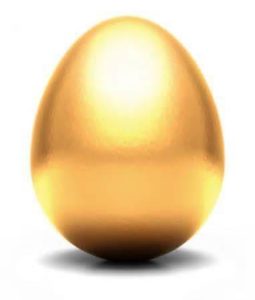 Animist Gathering on Sunday, March 27, 2016 @ noon in Tucson, AZ.
Animist Gathering on Sunday, March 27, 2016 @ noon in Tucson, AZ.
Spring is here, and the flowers are beginning to wake. So too our spiritual connection begins to bloom after winter. This time presents the opportunity to follow a spiritual path that resonates with your personal needs related to community supported Earth honoring spiritual practice.
Animism is described as one of humans oldest beliefs rooted in the knowledge that everything, even “inanimate” objects, have a spiritual essence and we are all inseparable.
To have this belief means that you aren’t alone. In fact, you are fully supported by the Universe.
It’s time for you to open your heart to receiving this universal connection and assistance.
The Animist Gathering offers varying creative and uplifting segments that explore our connections to the worlds within and around us. Any or all of the offerings may bring you needed messages about issues in your life, such as relationships, break-ups, making friends, family life, finances, time management, feeling more confident, connecting with nature, facing death, your health, and making a difference in this world.
We do this through meditation journeys, channeled messages, spirit healing, storytelling and fellowship.
On this day Christians call “Easter”, we honor the ancient paths and names of Spring Goddesses and celebrations of Animist traditions.
From http://www.religioustolerance.org – The name “Easter” originated with the names of an ancient Goddess and God. The Venerable Bede, (672-735 CE), a Christian scholar, first asserted in his book De Ratione Temporum that Easter was named after Eostre (a.k.a. Eastre). She was the Great Mother Goddess of the Saxon people in Northern Europe. Similarly, the “Teutonic dawn goddess of fertility [was] known variously as Ostare, Ostara, Ostern, Eostra, Eostre, Eostur, Eastra, Eastur, Austron and Ausos.” 1 Her name was derived from the ancient word for spring: “eastre.” Similar Goddesses were known by other names in ancient cultures around the Mediterranean, and were celebrated in the springtime. Some were:
| Aphrodite, named Cytherea (Lady of Cythera) and Cypris (Lady of Cyprus) after the two places which claimed her birth; 8 | |
| Ashtoreth from ancient Israel; | |
| Astarte from ancient Greece; | |
| Demeter from Mycenae; | |
| Hathor from ancient Egypt; | |
| Ishtar from Assyria; | |
| Kali, from India; and | |
| Ostara a Norse Goddess of fertility. |
We will also honor the Great Rabbit and the Shining Egg, both of which are ancient Animist symbols of fertility and Spring!
Today’s offerings include:
- Calling of the Directions and Clearing of Space
- Quynn Red Mountain will share her Rainbow Gateway with the group, for channeled storytelling and divination
- Elisabeth and Megan will host a Shining Egg Hunt for people of all ages to celebrate the many ancient traditions that celebrate the coming of Spring, and the many faces of the Goddess. Messages and sparkly gifts will be found by all! Celebrate with us on this day!
- Group rhythm and closing of circle
Together, we strengthen our animist connections while tending to our Soul’s needs.
Our time together will take place from noon-1:15 p.m. followed by an optional social time for tea/coffee.
The Animist Gathering is a celebration for Earthlovers, with different ministers and practitioners offering their intuitive and creative skills each time. This gives you the chance to witness many gifted folks with whom the Institute for the Shamanic Arts is involved.
Join us! Find us in FB for directions


